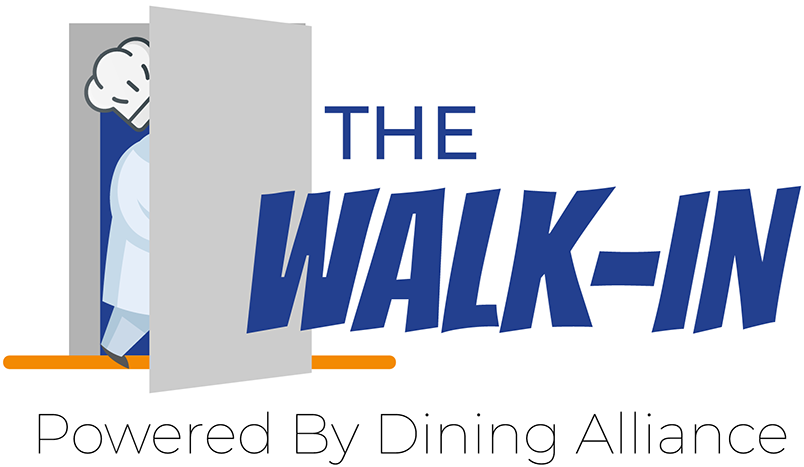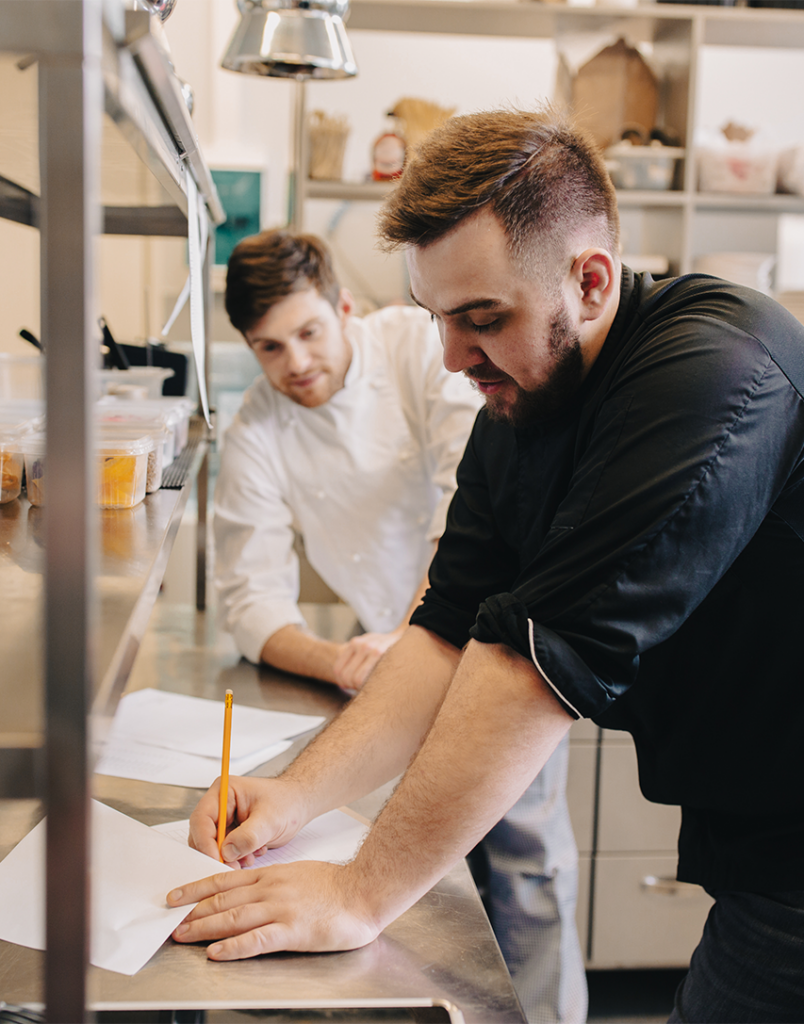We’ve interviewed thousands of our most successful restaurants clients to better understand what makes them stand out from the competition. The answer?
They all unanimously agreed that consistently monitoring and controlling their food costs allows them to be more agile in the face of adverse market conditions and better understand how they could run a more profitable restaurant.
We are now OBSESSED with helping all of our operators control their food costs and created a Food Cost Management software that is FREE to Dining Alliance Members!
The below blog highlights the importance of monitoring your food costs and how our FREE Food Cost Management software could help you achieve your goals in as little as 5 minutes a day!
Why Should I Care About My Food Cost?
Knowing your food cost is essential to running a successful restaurant. It is another very large expense your restaurant will incur so learning how to control it will allow you to be more profitable.
It is also important to know when you’re pricing out your menu. Pricing out your menu accurately will ensure you’re hitting the margins you’re aiming for.
Lastly, it affects your prime cost. You have control over your prime cost – which are things like labor or raw materials. What this means for you is that when you notice your food cost rising, you will be able to tighten the strings in other areas to help improve profitability.
What Is Restaurant Food Cost Percentage?
Food cost is typically expressed as a percentage, hence the term Food Cost Percentage. The rule of thumb is to aim for a 30% food cost percentage, though this could change depending on the type of operation you’re running.
To calculate your percentage, you would take your total costs for a specific period of time (how much you spent) and divide it by the total sales for that same period and multiply by 100.
What’s The Difference Between Food Cost And Prime Cost?
Perhaps you’ve heard the terms Food Cost and Prime Cost but never understood the difference.
Food Costs are used to calculate Prime Costs.
Your Prime Cost equals your total direct cost of production (raw materials and labor). Your raw materials include things like food and alcohol. Labor costs include things like salary, taxes and benefits.
Because a restaurant’s Prime Cost is one of their largest expenses, by controlling and lowering your prime cost, you can directly increase your bottom line.
Now What?
Traditionally, the above calculations are done manually. That’s right, painstakingly entering numbers into a spreadsheet on a consistent basis. So much fun! And, if you aren’t consistent, these spreadsheets fall apart and become useless.
The problem with doing the calculations manually is that our industry is changing so fast and on top of that, it’s very chaotic, so it becomes double the work.
Time constraints don’t allow you to spend hours in front of a computer to update invoice prices and sales numbers. Not to mention, unexpected problems also occur in the restaurant industry, such as, your cook calling out or your grease trap deciding to go on vacation. Plus, you have hungry guests to feed! There’s no time to stop and calculate.
Embrace technology and Automation!
Technology gives operators the insights they need to make better decisions without all the manual data entry. Why not take advantage of that?
Our Food Cost Management software allows you to easily monitor your food costs with the snap of an invoice giving you weekly, actionable reports to control your costs. You can even manage inventory, monitor recipe costs and integrate with your accounting software.
Interested in learning more and creating a FREE account?








